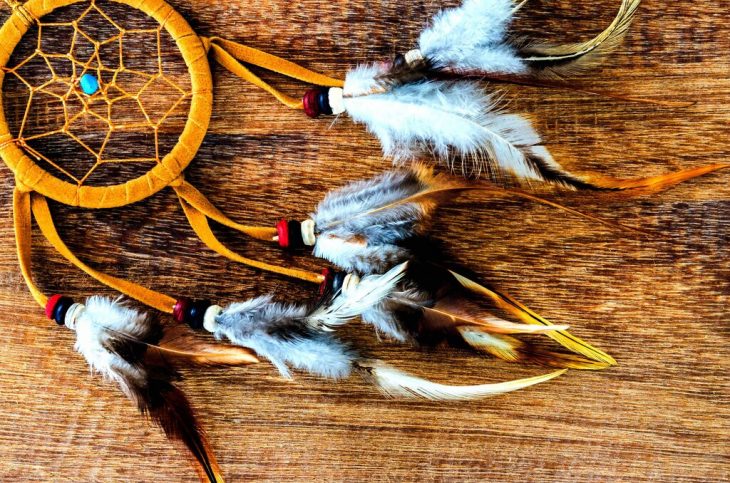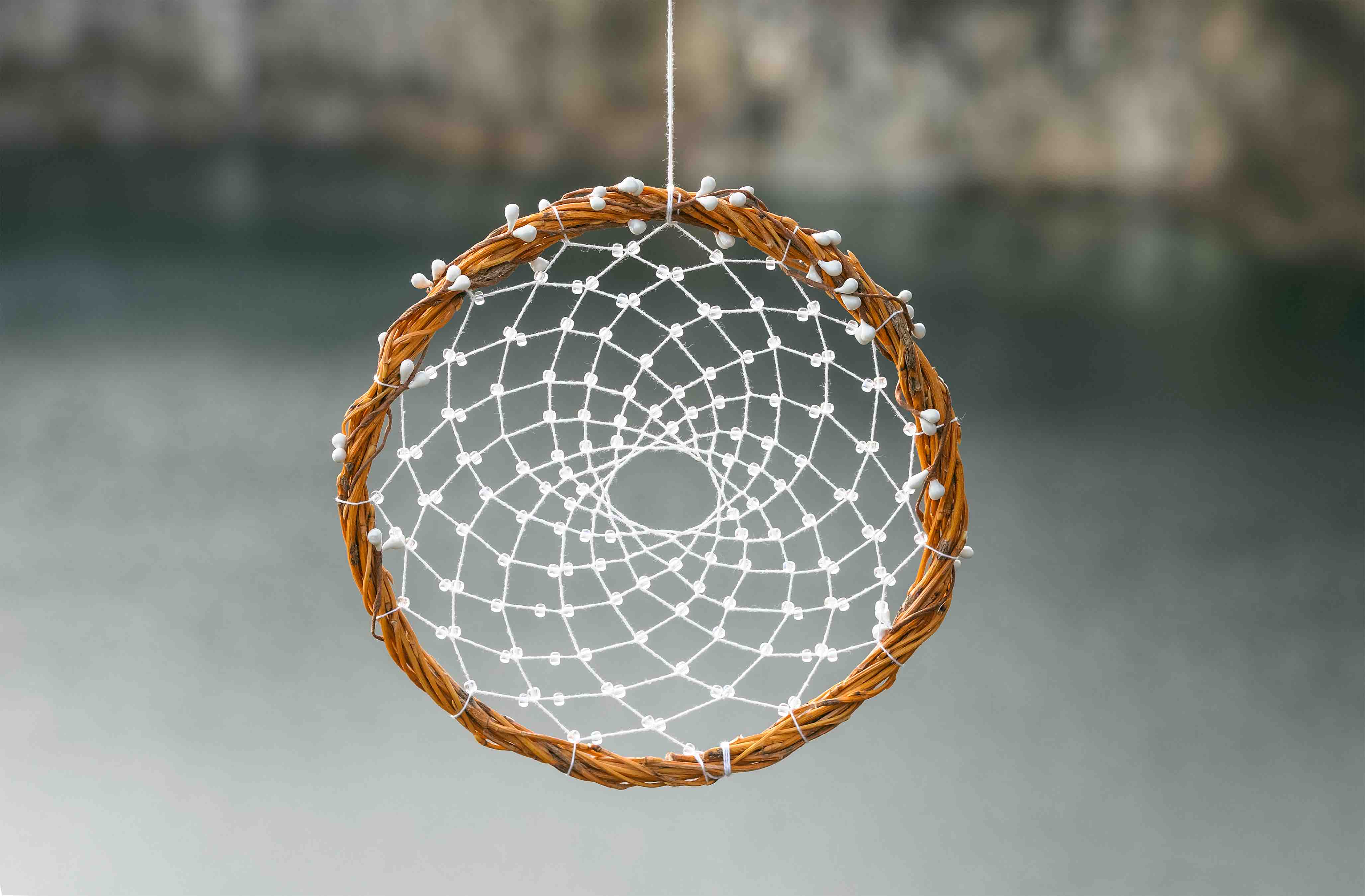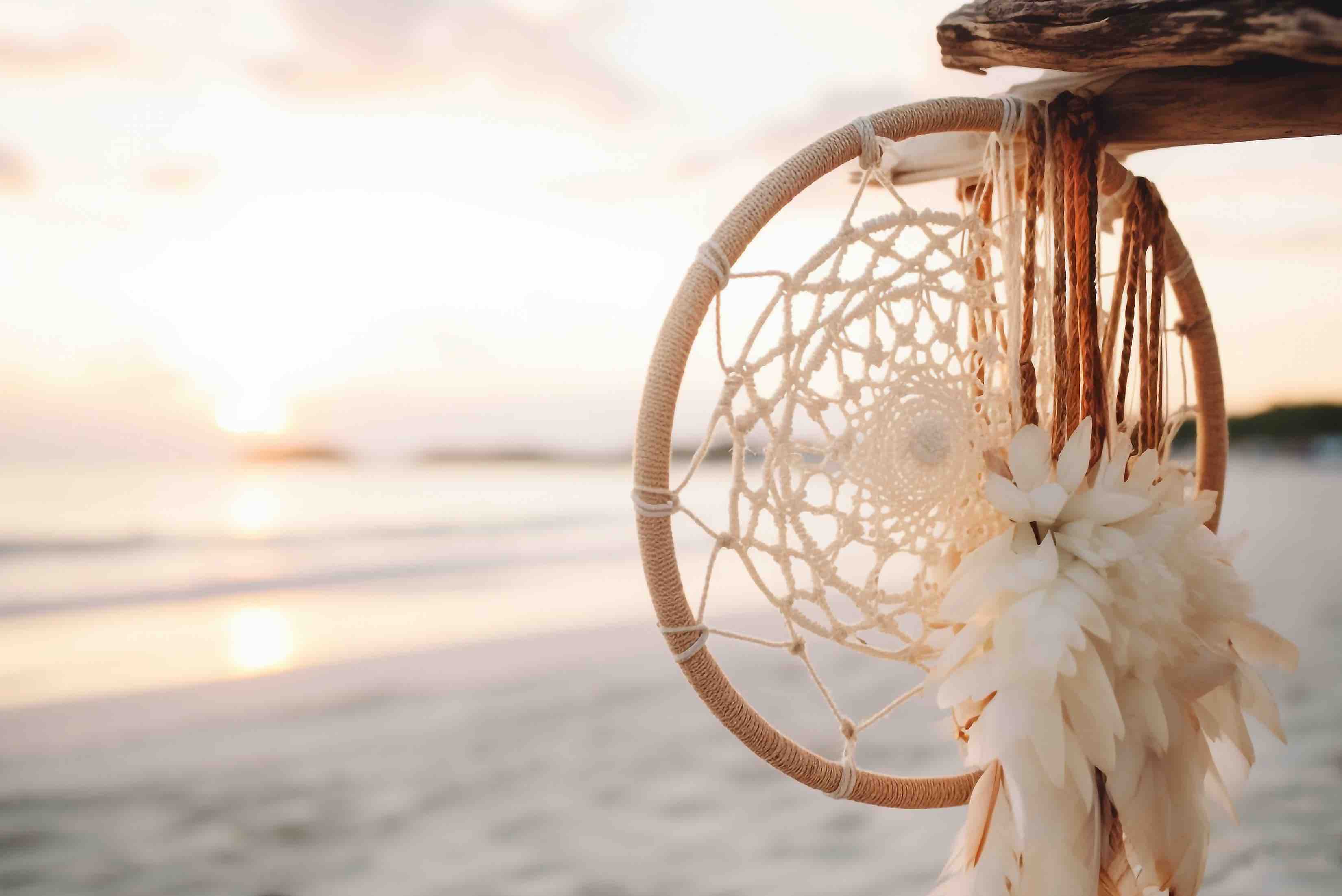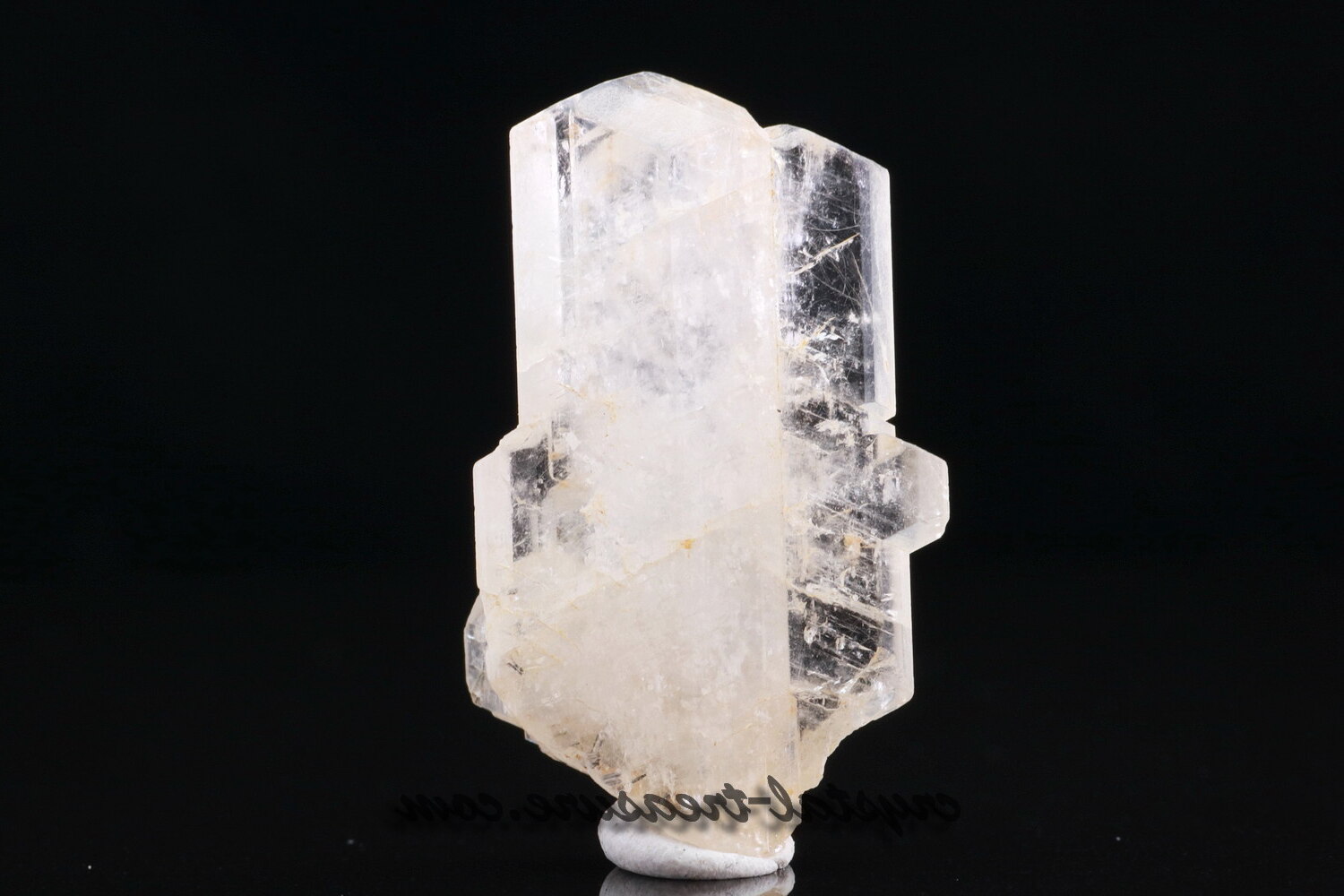
Dream catchers are a fascinating and enchanting symbol deeply rooted in Native American culture. These intricate, handcrafted objects have gained popularity worldwide for their unique beauty and the belief that they can help protect us from bad dreams. In this article, we will explore 18 captivating facts about dream catchers, shedding light on their origins, symbolism, and the artistry behind their creation.
The Origin of Dream Catchers
Dream catchers have their roots in Native American tribes, particularly the Ojibwe people. The Ojibwe, also known as Chippewa, believed that dream catchers could filter out negative dreams, allowing only positive ones to pass through.
The Purpose of Dream Catchers
Dream catchers were originally created as a form of protection. According to Native American beliefs, dream catchers catch bad dreams in their web, while allowing good dreams to pass through the hole in the center and gently descend upon the sleeper.
Traditional Dream Catcher Design

A traditional dream catcher consists of a hoop made from a flexible material, usually willow, and a woven web inside the hoop. The web is crafted in a circular pattern resembling a spider’s web, with a small hole left in the center.
Symbolism Behind the Components
Each part of a dream catcher holds symbolic significance. The hoop represents the circle of life, while the woven web mimics the intricate pattern of a spider’s web, signifying unity and interconnectedness.
Feathers and Their Significance
Dream catchers often feature feathers attached to the bottom of the hoop. Feathers are believed to symbolize breath, air, and the spirit of the dream catcher, as well as help guide positive dreams toward the dreamer.
Gemstones and Beads
Many dream catchers incorporate gemstones and beads into their designs. These elements are not only aesthetically pleasing but also carry symbolic meanings. For instance, turquoise represents protection, while amethyst promotes peace and tranquility.
Cultural Appropriation Concerns
As dream catchers have gained popularity worldwide, concerns about cultural appropriation have arisen. It is essential to respect the cultural significance of dream catchers and their Native American origins when incorporating them into modern settings.
Modern Interpretations

While traditional dream catchers remain prevalent, modern interpretations have emerged. Artists and crafters have taken inspiration from the original design and infused their own creativity to produce unique variations.
Handmade Craftsmanship
The art of crafting dream catchers is typically passed down through generations. Skilled artisans spend hours meticulously weaving the web and selecting materials, ensuring that each dream catcher is a labor of love.
Different Sizes and Shapes
Dream catchers come in various sizes and shapes. While traditional designs feature circular hoops, you can also find heart-shaped or even animal-shaped dream catchers, allowing for individuality and personalization.
Popular Decorative Pieces
Dream catchers have become popular decorative items, adorning homes, nurseries, and even vehicles. Their intricate designs and ethereal beauty add a touch of enchantment and serenity to any space.
Dream Catcher Tattoos
Dream catchers have also inspired a popular tattoo design. People choose dream catcher tattoos not only for their aesthetic appeal but also to symbolize protection, spirituality, and the pursuit of positive dreams.
The Legend of the Spider Woman
According to Ojibwe legend, dream catchers were created by the Spider Woman, known as Asibikaashi. It is said that she protected the people, especially children, by weaving her magical web to catch bad dreams, allowing only the good ones to reach them.
Myth Debunked: Dream Catchers Prevent Nightmares
Contrary to popular belief, dream catchers do not prevent nightmares. Instead, they are believed to catch bad dreams, allowing the dreamer to process and overcome them during the waking hours.
Healing Properties
In addition to their role in dream filtration, dream catchers are believed to have healing properties. Some individuals use dream catchers to promote relaxation, reduce anxiety, and enhance sleep quality.
Cultural Significance Today

Dream catchers continue to hold cultural significance for many Native American tribes. They are still used in ceremonies and rituals to bless newborns, provide spiritual guidance, and bring positive energy.
The Symbolic Butterfly
In some dream catcher designs, a butterfly is incorporated into the web. The butterfly represents transformation, renewal, and the fleeting nature of dreams.
Making Your Own Dream Catcher
Creating your own dream catcher can be a rewarding and creative endeavor. With a few basic materials, such as a hoop, string, and beads, you can craft a personalized dream catcher that reflects your unique style and intentions.
Final Thoughts
Dream catchers are not just objects of beauty but hold deep cultural and spiritual significance. They serve as a reminder of our connection to the natural world, our dreams, and the power of positive energy. Whether you choose to hang a dream catcher in your home, wear it as a tattoo, or create one yourself, these enchanting creations continue to inspire and captivate people around the world.
Frequently Asked Questions (FAQs)
Do dream catchers really work?
Dream catchers are believed to catch bad dreams, but their efficacy is subjective. Many people find comfort in the symbolism and artistry of dream catchers, regardless of their dream-filtering abilities.
Can dream catchers bring good luck?
Dream catchers are more commonly associated with filtering dreams than bringing luck. However, some individuals believe that having a dream catcher in their space can attract positive energy.
Can anyone make a dream catcher?
Absolutely! Making a dream catcher can be a fun and creative project for people of all ages. There are numerous online tutorials and DIY kits available to guide you through the process.
Are dream catchers only for Native Americans?
Dream catchers originated from Native American culture, but they have become a beloved symbol worldwide. However, it is important to respect their cultural significance and appreciate their origins.
Can dream catchers be used for meditation?
Yes, dream catchers can be incorporated into meditation practices. They can serve as a focal point for visualizing dreams or as a calming presence during meditation sessions.
Was this page helpful?
Our commitment to delivering trustworthy and engaging content is at the heart of what we do. Each fact on our site is contributed by real users like you, bringing a wealth of diverse insights and information. To ensure the highest standards of accuracy and reliability, our dedicated editors meticulously review each submission. This process guarantees that the facts we share are not only fascinating but also credible. Trust in our commitment to quality and authenticity as you explore and learn with us.


